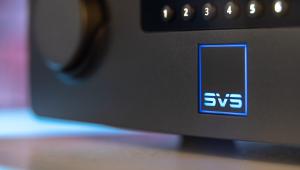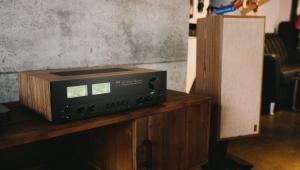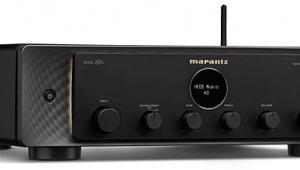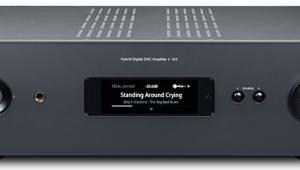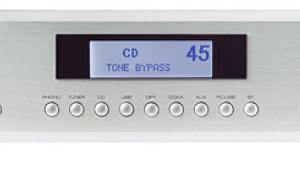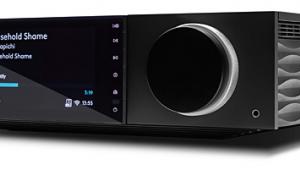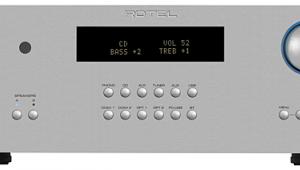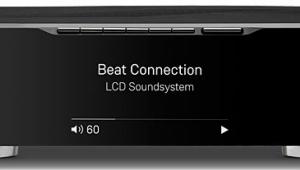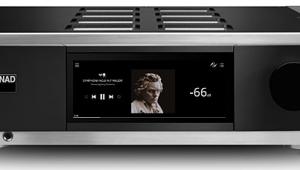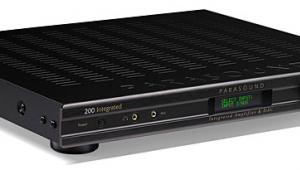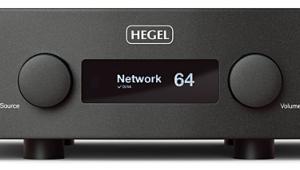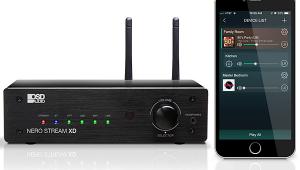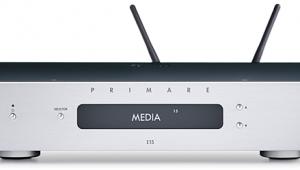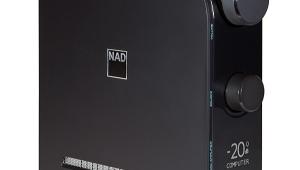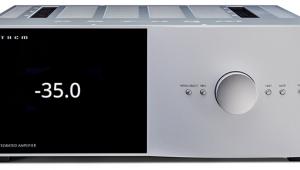Cambridge Audio Edge A Integrated Amplifier Review

AT A GLANCE
Plus
Top-shelf sound reproduction
Enough power to handle nearly all loudspeakers
Price-no-object manufacturing and finish
Minus
Challenging input-identification ergonomics
No phono input
THE VERDICT
Cambridge Audio’s commemorative Edge A combines top-shelf sound with gorgeous industrial design. The price may be a cut above average, but the Edge A is no average integrated amp.
Do you really need a $5,000, 54-pound, two-channel integrated amplifier? Yes, of course you do. Especially if that integrated amplifier is the new Edge A from Cambridge Audio, a British firm with a long record of seriousness about sound reproduction. Cambridge’s gear has always struck me as a rigorously high-end/high-value proposition, but the Edge A looks, tastes, and smells more like a no-holds- barred statement design, the kind we’re more likely to expect from a company whose bottom line is that they don’t give a fig for the bottom line. But since Cambridge’s new Edge series of components (there’s also a preamp/streamer and power amp in the Edge Series portfolio) commemorates the firm’s half-century anniversary, we’re prepared to make allowances.
Let’s begin with the packing materials (something for which I admit a modest fetish). Depending on how you want to count, the Edge A arrives either triple- or quadruple-boxed, the structural-cardboard one fixed closed by those snap-in plastic handle/locks behind which you usually find—I don’t know, rocket launchers? Fissionable materials? The innermost one is a full-surround foam casket, the foam being of the tough, black, closed-cell non-shredding kind, wrapped in black fabric and further clothed in the usual black-velveteen bag—but this one closes via dual circumferential zippers instead of working- class drawstrings. (The packing materials used for the Edge A alone tip the scales at 14 pounds. I know: I weighed them.)
Then there’s the supplied remote control, a machined-aluminum baton that itself weighs as much as some desktop integrated amps of my acquaintance. And finally, there’s the amplifier itself, which appears not so much a thing assembled from parts, as something CNC’d from a single block of some exotic alloy.
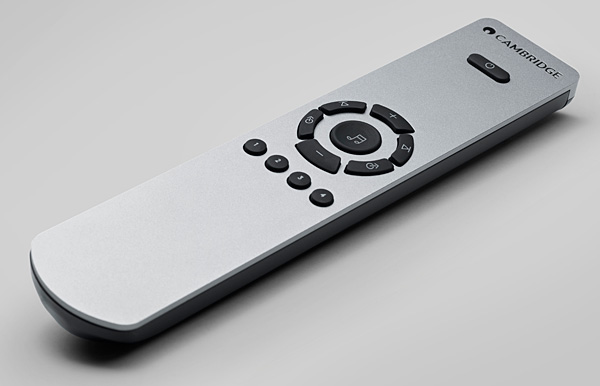
The sumptuously brush-finished, curved front panel offers up only a single, central dual-concentric knob, a head- phone jack, and a power button. The knob’s inner ring selects inputs with military-precision click-stops; the outer ring manages volume, with the kind of gooey, velvety feel I'd expect from a high-end amplifier.
Cambridge’s design exploits balanced twin toroidal power transformers, which helps to explain the Edge A’s weight, and an amplifier topology they dub “Class XA.” From the little explanation I could find, I take this to be a conventional class-AB layout biased toward class-A—that is, maintaining crossover-less operation up to a higher-than-usual power level. And indeed, the Edge A ran warm, as one would expect from a class-A-heavy design.
Setup
The Edge A’s rear has an identical form and finish as the front but is much more populous. There are speaker outputs on top-grade WBT multi-way posts, and preamp outs on both unbalanced RCA and balanced XLR jacks. The digital inputs comprise two optical and one coaxial ports, an asynchronous USB type-B jack (which I ultimately used for most of my listening), and a single HDMI input for connecting a TV’s HDMI ARC output. For analog sources you get two unbalanced RCA and one balanced XLR pathways, but no phono input. The rest of the facilities include Link-In/Out minijacks (12-volt triggers), an RS-232 serial port for integration with third-party control systems, and a stubby Bluetooth antenna. Every jack is top-quality, and the unit’s impressive metalworking, while equaled by plenty of extreme-high-dollar audio gear, would be hard to top at any price.
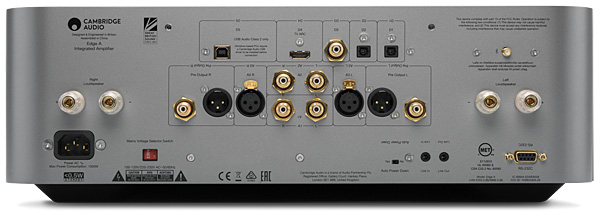
So, what precisely does all this glistening handicraft have to do with the business at hand—the transformation of tiny electrical signals into bigger ones? Nothing, frankly, but it sure does put you in the mood. The Edge A is, as they used to say, pure sex, and that’s before you even plug it in.
But plug it in I did: Cambridge spec’s the amplifier’s maximum power consumption at a substantial 1,000 watts—about the same as a typical 7 x 120-watt A/V receiver. Fortunately, I have two dedicated, independent 15-amp circuits, one for audio and one for video, right by my gear rack (I planned ahead, for once); the audio one served the Edge A exclusively. Next came the challenge of clean-and-jerking the thing atop my rack—I know, all you young folks are sniggering, but one day you too will be old—which I somehow managed to accomplish without serious orthopedic trauma.
Listening
With the Cambridge amp connected to my ancient but excellent near-full-range Energy Veritas 2.2 standmount monitors, I lit ‘er up, noting a total absence of any turn-on/off thumps (what the British so wonderfully call “fridge-plop”), and played background music and TV sound for a few days to cover any burn-in concerns. (I personally don’t much believe in burn-in, but I do want everyone to be happy.)


